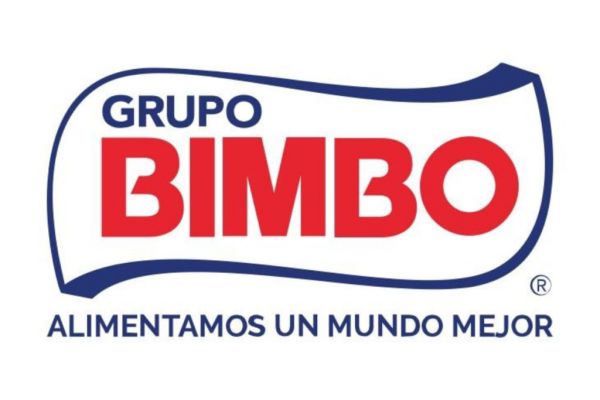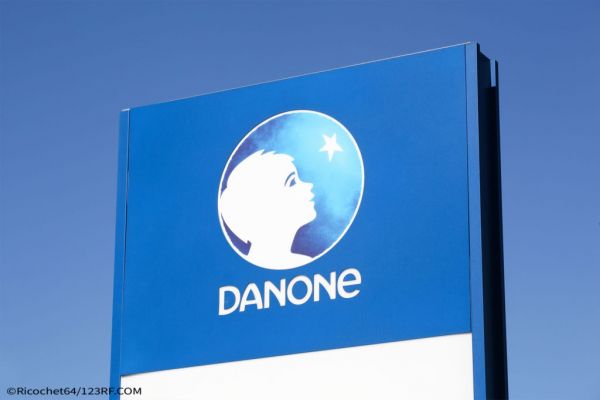High-intensity sweeteners are facing slow growth in Europe and North America, but demand for artificial sweeteners remains strong in Asia and South America, according to a new study by IHS, with beverage companies experimenting with new sweetener combinations when introducing new products to the market.
The high-intensity sweetener market is a study in contrasts, said the company in its IHS Chemical Economics Handbook - High-Intensity Sweeteners Report.
Although new, natural sweeteners like stevia extract are gaining ground, consumption growth for high-intensity sweeteners as a class has slowed to near zero in Europe and North America - due in part to the decline in soft drink consumption in these regions.
In contrast, demand for the entire range of high-intensity sweeteners remains strong in South America and Asia, according to the new research from the insights firm.
“Worldwide consumption of high-intensity sweeteners is largely dependent on production of diet carbonated soft drinks and low-calorie food,” said Marifaith Hackett, director of specialty chemicals research at IHS Chemical and principal author of the report.
“Beverages are the largest end use for high-intensity sweeteners, followed by food, table-top sweeteners, personal care products (such as toothpaste), and pharmaceuticals.”
Hackett continued, ”Global consumption of high-intensity sweeteners for all applications totalled more than 139,000 metric tons in 2013.”
This is equivalent (in terms of sweetness) to more than 18 million metric tons of table sugar.
The value of the market for high-intensity sweeteners in sweetening applications was more than $2 billion in 2013.
China is the world’s largest source of high-intensity sweeteners, accounting for more than 70% of world production in 2013.
Indonesia was a distant second, followed by the US and Western Europe.
Diet soft drinks, low-calorie yogurt, and sugar-free jam taste as sweet as their “regular” counterparts because they contain high-intensity sweeteners, the IHS report noted.
Aspartame, sucralose, acesulfame K, saccharin and other high-intensity sweeteners have zero calories, but they are many times sweeter than table sugar.
In addition, high-intensity sweeteners are non-cariogenic; they don’t cause cavities.
“Growing concerns regarding obesity and the connection between diet and major diseases such as diabetes and heart disease have caused consumers to reexamine their diets and lifestyles and seek healthier alternatives, including low- or no-calorie versions of food and beverages,” Hackett said.
“High-intensity sweeteners enable food producers to deliver reduced-calorie products that taste good. Sugar-free gum, for example, outsells regular gum.”
In Europe and North America, consumption of soft drinks – a major end use for high-intensity sweeteners – is declining.
As a result, demand for some artificial sweeteners is flat or decreasing in these regions.
“We are seeing a significant shift in consumer behavior and preferences in Western Europe and North America,” Hackett said.
“Health-conscious consumers are drinking fewer sodas. In addition, they are seeking out beverages and foods made with natural ingredients, including sweeteners such as stevia extract."
When it comes to taste, refined sugar remains the "gold standard".
Soft-drinks manufacturers are experimenting with new sweetener combinations when bringing new brands to market.
For example, Coca-Cola's brand Coca-Cola Life is a reduced-calorie soft drink sweetened with stevia extract and sugar.
The challenge for food producers is to find sweeteners that meet consumer expectations, but also taste good while meeting cost and performance parameters.
© 2014 - European Supermarket Magazine
To receive ESM news directly in your Inbox, send an email with subject ‘ESM news sign-up’ to [email protected].
To subscribe to ESM magazine, please email [email protected].













